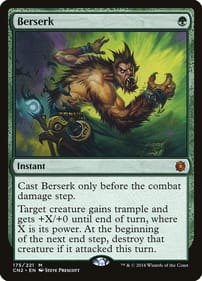Delisle Goes in new Direction with Muybridge
By Dan Brown Muybridge is a funny, thought-provoking portrait of a little-known historical figure that represents an interesting departure for Quebec comic maker Guy Delisle. Delisle, who lives in France, originally made his name with travelogues – like Pyongyang – and his volumes about sloppy parenting. In Factory Summers, he told the story of his teen years. With the exception of 2017’s Hostage, he has not focused on a main character other than himself. Now comes Muybridge, an inventor who was unknown to me before now. Published this spring, the new release is a biography of one of the pioneering minds who helped usher in the age of the photograph, as well as moving pictures – Englishman Eadweard Muybridge. I loved it. I should put my cards on the table: I feel the same way about pretty much all of Delisle’s output. His work has always been strong, in my opinion. And Muybridge – the book, not the man – may also be a bridge to a new kind of storytelling for Delisle. The most interesting bits of the narrative are the parts where Deslisle admits the historical record is incomplete. He does the best he can to recreate Muybridge and his times, but there are moments when he calls attention to the constructed nature of his account. There’s also no question Delisle imbues his central character with some of his own traits. That’s part of the fun. At one point, Delisle says the death of Muybridge’s wife “must have weighed heavily on him,” yet he doesn’t know for sure what he was feeling in that moment. Muybridge was one of the key innovators who helped solve a hotly debated question in the 1800s: Do a horse’s four hooves all leave the ground at the same time when the animal is at full gallop? You and I are used to a media-saturated world in which there are movies about horses, and races like the Kentucky Derby are televised. So keep in mind this was a period when good, old-fashioned painting was only gradually losing its status as the most important representation of reality. The story begins with the advent of early photos such as daguerreotypes. The same guy was also the accused in one of the most sensational murder trials of his day. In Delisle’s telling, he is tenacious and adaptable. Dealt a setback, it’s only a matter of time before he rises again. Along the way, Delisle refuses to play at omniscience in his narrative, reminding the reader multiple times of the gaps in his knowledge. On an early jaunt to France, for instance, Delisle depicts Muybridge peering in the window of a camera studio. Delisle asks, “Is that when he began practicing photography? We don’t know.” (If you’ve ever read Alice Munro's short stories, you’ll have noticed the same kind of narrative uncertainty, so it may be one of the writing quirks that marks Delisle as distinctively Canadian.) Muybridge lived from 1830 to 1904. We may think of those decades as somehow uneventful or idyllic, but it was an age of rapid change. It saw the invention of mass-market photography, recorded music, the paint tube, motion pictures, naughty photos, the phonograph (if the book has a villain, it’s Thomas Edison, who doesn’t come off well), impressionism, colour photography, and animation. I also enjoyed the parts in which Delisle uses comic panels to represent individual frames of a moving picture – he even gives a nod to the film The Matrix as one source of inspiration, driving the point home that Muybridge’s contributions were foundational. As I said, I wasn’t aware of Muybridge until I picked up the book. I recommend it. The truth is, I don’t believe there’s a person or topic Guy Delisle couldn’t make interesting. If you haven’t read his stuff, check him out. This comic creator is a national treasure. Dan Brown has covered pop culture for more than 32 years as a journalist and also moderates L.A. Mood’s monthly graphic-novel group.







